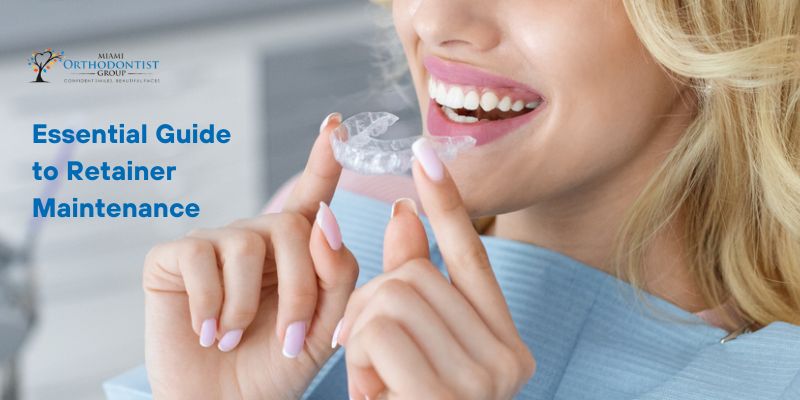Invisalign treatment is a revolutionary approach to straightening teeth without the inconvenience of metal brackets and wires. Thanks to clear aligners for teeth, you can enjoy a more discreet and comfortable orthodontic experience.
Maintaining optimal oral health goes beyond regular brushing and flossing. Dental appliances play a crucial role in supporting and enhancing oral hygiene, contributing significantly to the overall well-being of an individual. These specialized devices are designed to address various dental issues, from alignment problems to teeth grinding, and they offer a range of benefits beyond …
Continue reading "The Importance of Dental Appliances for Oral Health Maintenance"
Orthodontic treatment is a significant investment of time and money, and the final step in achieving that perfect smile often involves using retainers. Retainers play a crucial role in maintaining the results of orthodontic work, preventing teeth from shifting back to their original positions. To ensure the longevity and effectiveness of your retainer, it is …
Continue reading "The Essential Guide to Retainer Maintenance: Tips from Orthodontic Professionals"




